Kitchens throughout history have harbored some truly dangerous ingredients. Our ancestors unknowingly sprinkled, marinated, and seasoned their meals with substances we now know cause serious health problems or even death.
From sweeteners laced with heavy metals to colorful dyes hiding toxic secrets, these cooking ingredients have since been outlawed in countries around the world. What’s truly frightening is how many of these banned substances were once considered perfectly normal additions to everyday recipes.
1. Lead-Based Sweeteners (Lead Acetate)
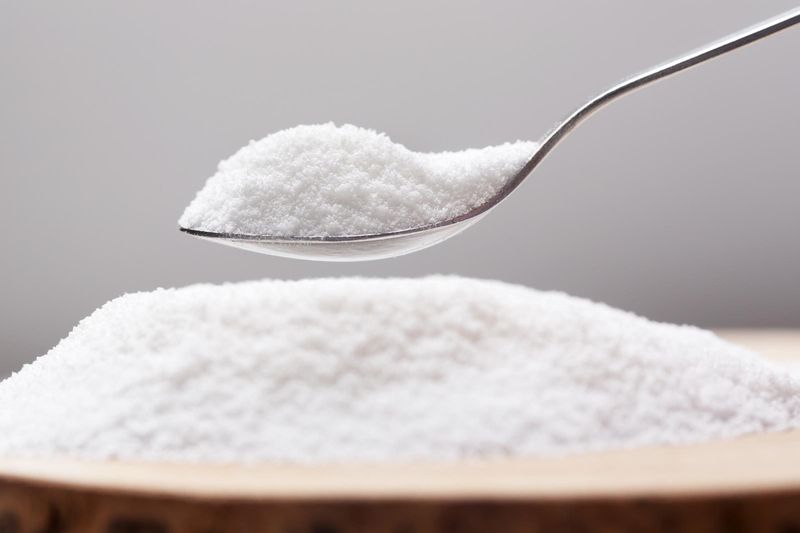
Ancient Romans were literally dying for dessert! Lead acetate, nicknamed ‘sugar of lead,’ added a seductively sweet flavor to wines and syrups while slowly poisoning everyone who consumed it.
Roman aristocrats sipped lead-sweetened wine from goblets made of—you guessed it—more lead. Modern science has confirmed what Roman bodies revealed: lead causes brain damage, organ failure, and death.
2. Arsenic
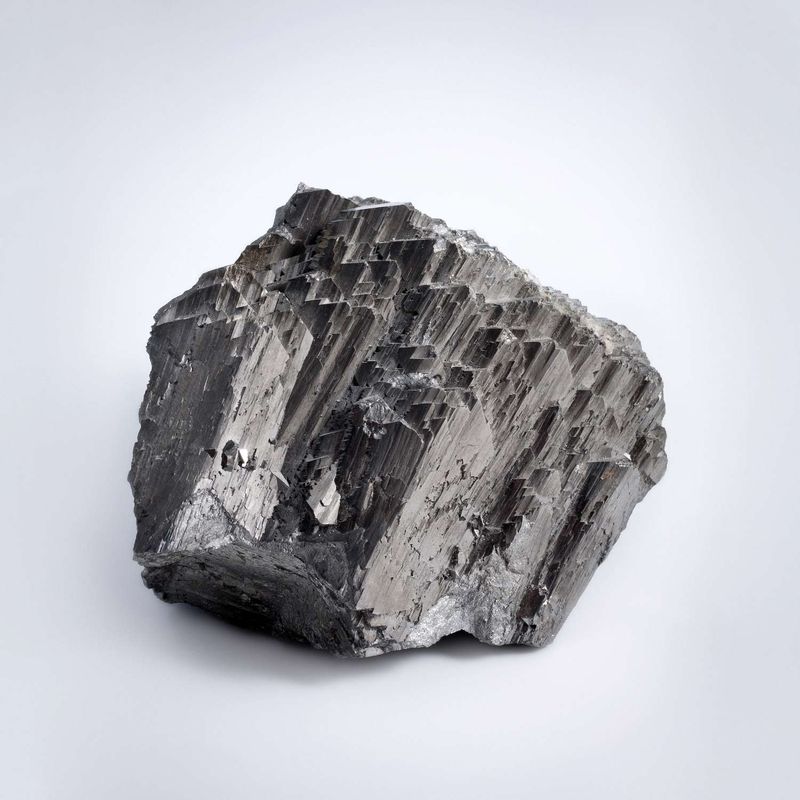
Believe it or not, arsenic was once deliberately added to foods as a preservative and color enhancer! Victorian-era families consumed arsenic-laced candies, pickles, and beer without realizing they were slowly poisoning themselves.
Food manufacturers particularly loved arsenic’s ability to create vibrant green food colorings. The compound kept fruits looking fresh and cakes appearing deliciously green—while causing headaches, vomiting, and eventual death.
3. Borax (Sodium Borate)
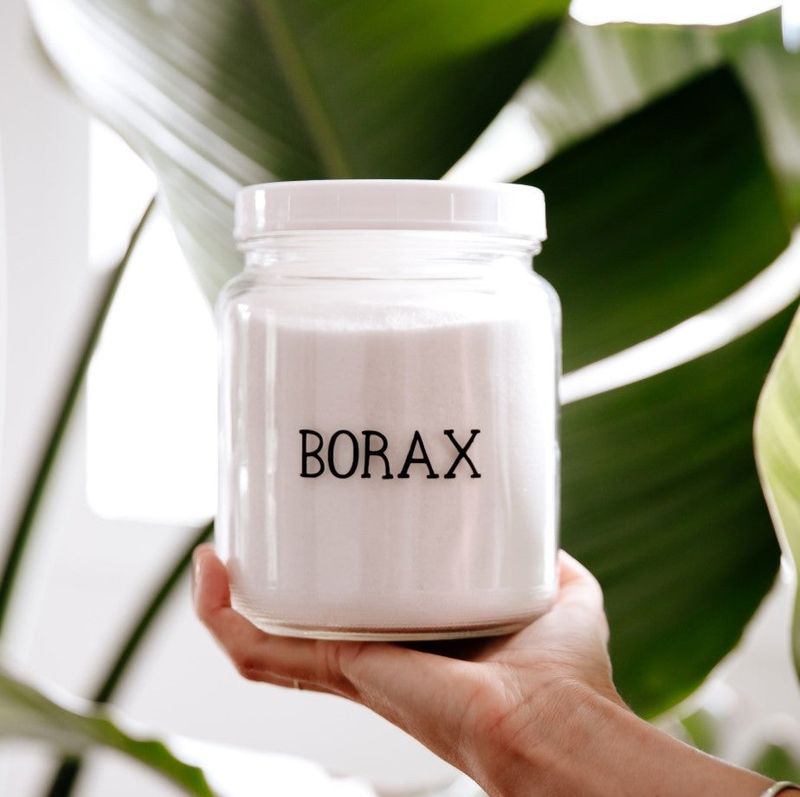
Grandma’s secret meat preservative wasn’t a special spice—it was likely borax! This household cleaner moonlighted as a food preservative in the late 1800s, keeping meat looking fresh long past its prime. Clever butchers called it ‘preservative salt’ to avoid alarming customers.
Manufacturers even marketed borax directly to housewives as ‘food purifier.’ Sprinkle some on that questionable meat, and presto—no more worries about spoilage! Except, of course, for the kidney damage, reproductive harm, and digestive distress it caused.
4. Calomel (Mercurous Chloride)
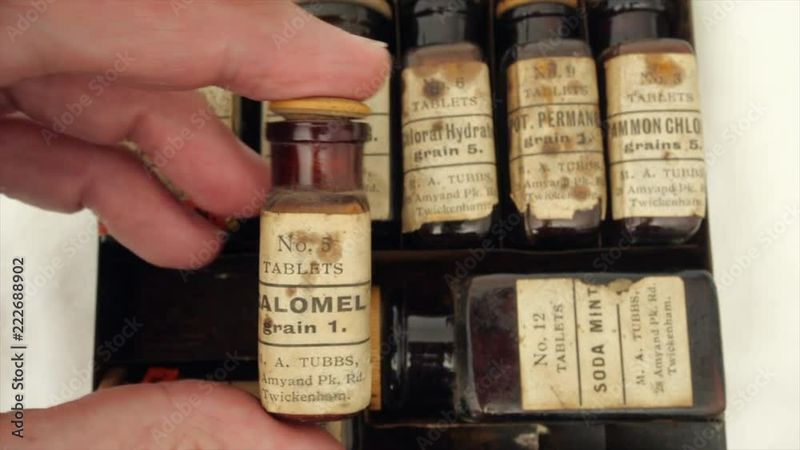
Stomach troubles? Victorian doctors prescribed mercury! Calomel—a mercury chloride compound—was medicine’s wonder drug and cooking’s secret weapon. Parents routinely dosed children with this toxic substance to treat everything from teething pain to constipation.
Bakers incorporated calomel into breads and pastries, believing it improved digestion. The irony? This mercury compound actually destroyed intestinal linings while causing neurological damage, hair loss, and tooth decay.
5. Sassafras Oil (Safrole)
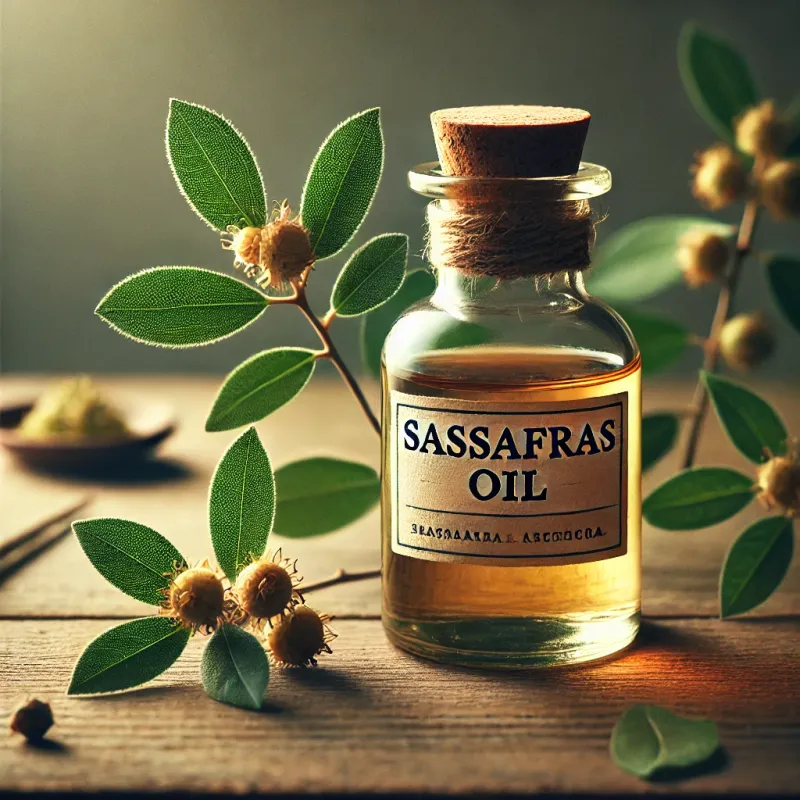
Root beer’s original kick wasn’t just carbonation—it was sassafras oil containing safrole, a compound now known to cause liver cancer! This aromatic oil gave classic root beer its distinctive flavor while silently damaging drinkers’ DNA.
From flavoring candies to seasoning stews, sassafras oil appeared everywhere in 19th-century kitchens. The FDA banned safrole in 1960 after discovering its carcinogenic properties.
6. Potassium Bromate
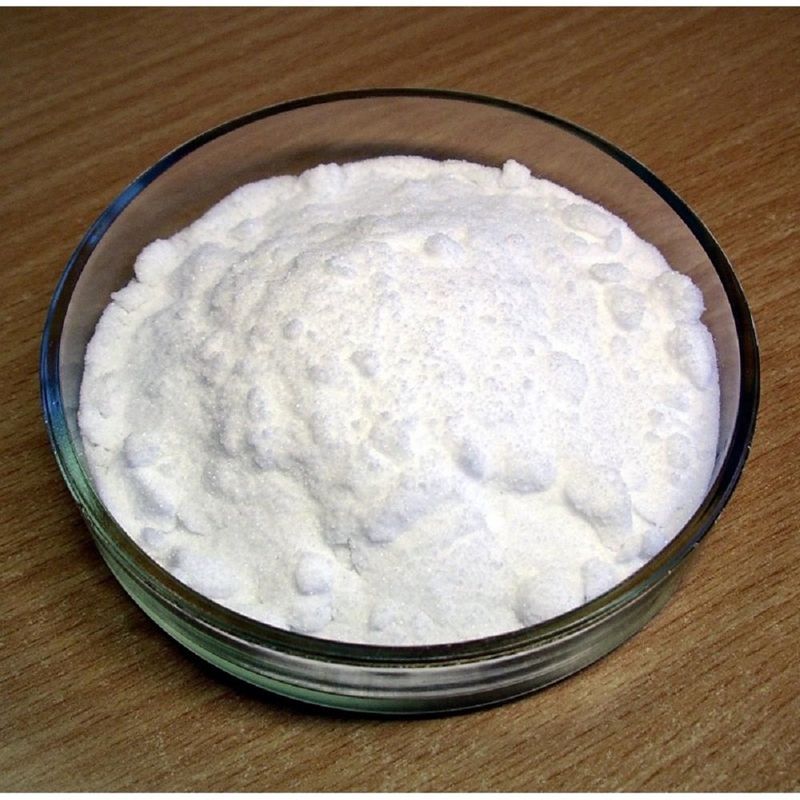
Fluffy bread hiding a cancer-causing secret? Potassium bromate made dough rise beautifully while potentially raising cancer rates! This flour “improver” strengthened gluten networks and created perfect texture in commercial breads.
Bakers adored this miracle ingredient that made bread rise higher and bake more uniformly. The catch? It causes thyroid, kidney, and nervous system damage while promoting tumor growth in laboratory animals.
7. Rhododendron Honey (“Mad Honey”)
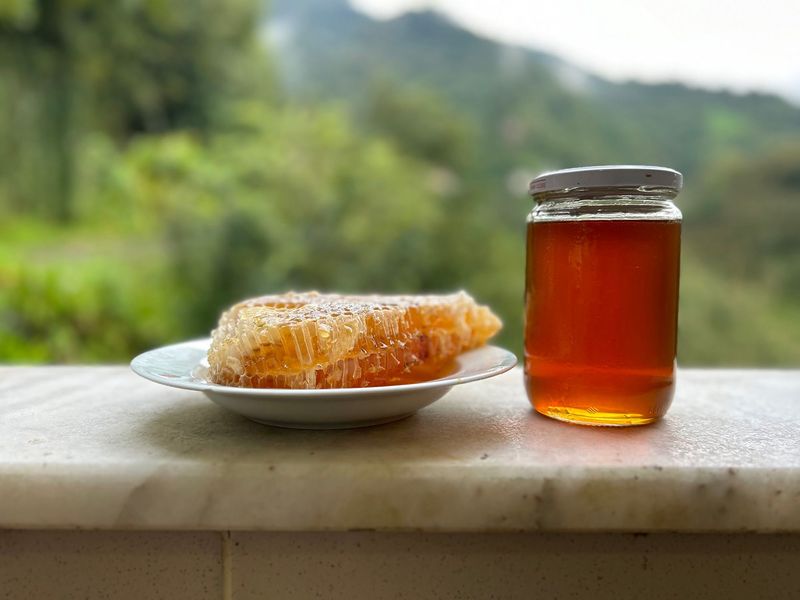
Would you spread hallucinogenic honey on your morning toast? Ancient warriors deliberately consumed “mad honey” before battle for its mind-altering effects! This naturally toxic honey comes from bees that pollinate rhododendron flowers containing grayanotoxins.
Throughout history, mad honey appeared in kitchens as both medicine and recreational drug. Small amounts caused pleasant intoxication while larger doses triggered hallucinations, heart problems, and sometimes death.
8. Absinthe (Original Formulas)
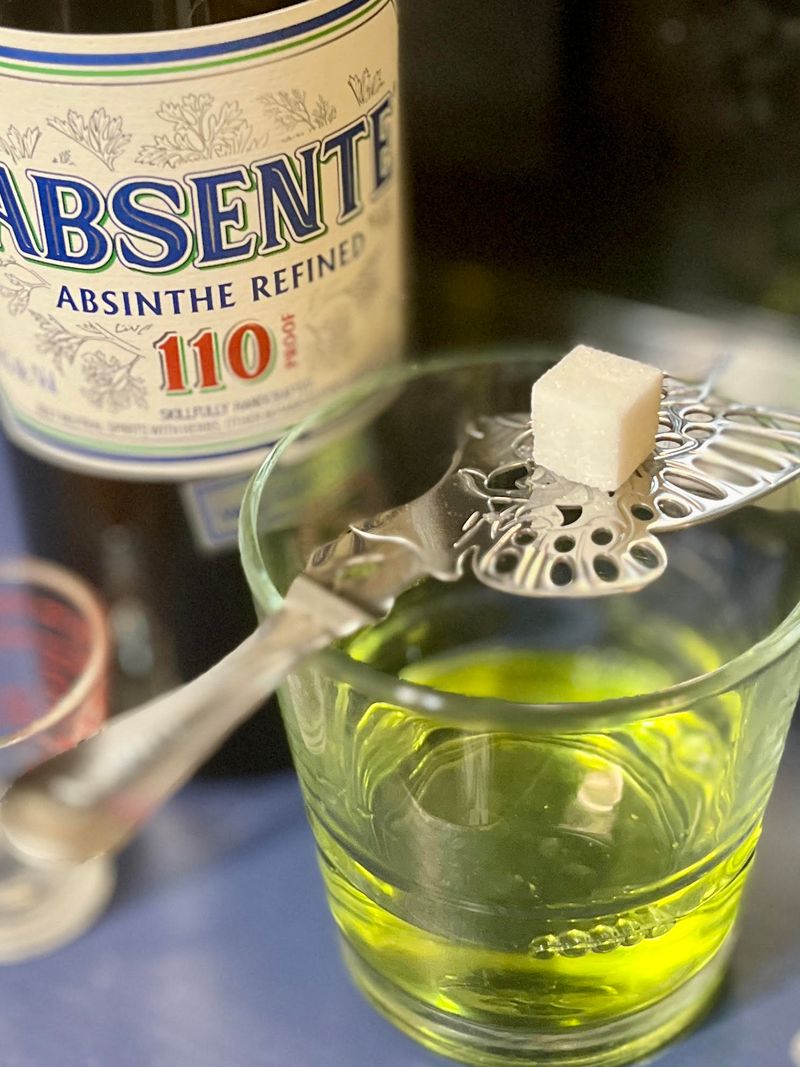
The notorious “Green Fairy” wasn’t just strong alcohol—it was a neurotoxic cocktail! Original absinthe contained thujone from wormwood, a compound that supposedly drove artists to madness and murder.
Most countries banned traditional absinthe by 1915, blaming it for hallucinations, seizures, and societal decay. Modern versions contain regulated thujone levels that won’t melt your brain. The original formula remains prohibited worldwide.
9. Copper Cooking Vessels (Unlined)

Those gorgeous copper pots hanging in French kitchens once had a deadly secret—they weren’t lined with stainless steel! Raw copper reacts with acidic foods to create copper acetate, a compound that causes vomiting, liver damage, and even death.
For centuries, cooks unknowingly poisoned their families with copper-tainted jams, sauces, and pickles. The distinctive green patina that formed inside these pots—sometimes called verdigris—was particularly toxic.
10. Alum (Aluminum Sulfate)
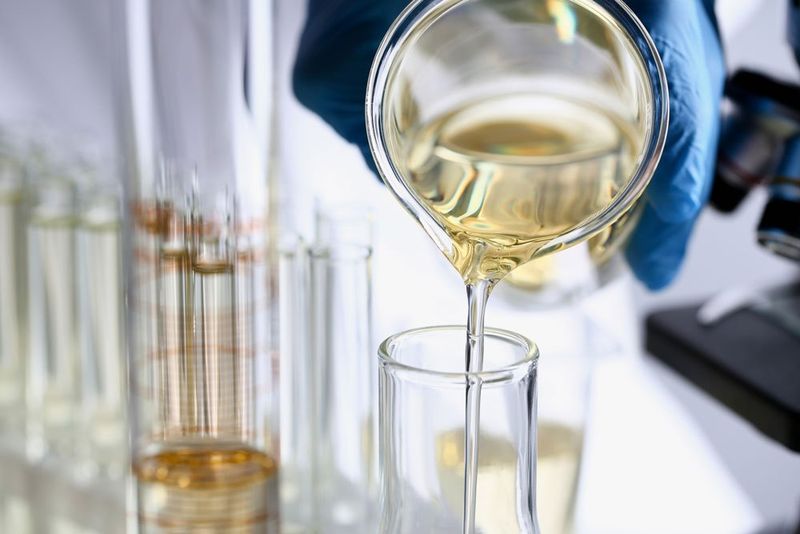
Pickle lovers beware—those crisp commercial pickles once got their crunch from aluminum sulfate! Alum created that satisfying snap while potentially damaging brains and kidneys.
Victorian bakers added alum to bread to make it whiter and disguise poor-quality flour. Women used it as a vaginal douche and contraceptive (unsuccessfully). Restaurants even sprinkled it on rotting meat to mask the smell and make it appear fresher!
11. Formaldehyde
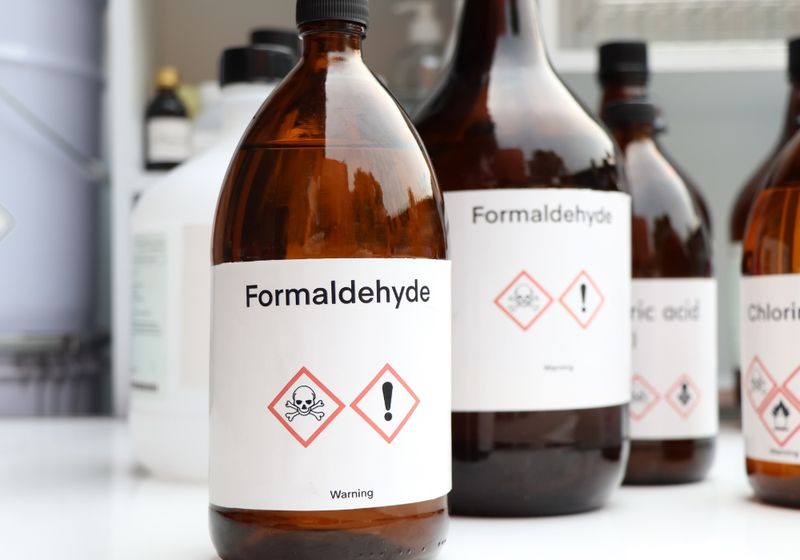
The chemical that preserves dead bodies was once preserving your milk! Formaldehyde—yes, the embalming fluid—was routinely added to dairy products, meat, and fish in the early 1900s to extend shelf life.
Dairies marketed formaldehyde-laced milk as “embalmed milk” without a hint of irony. This practice was particularly deadly for infants, who died from consuming these preserved dairy products. Manufacturers even added it to beer and liquor to artificially age them faster.
12. Red Dye No. 2 (Amaranth)
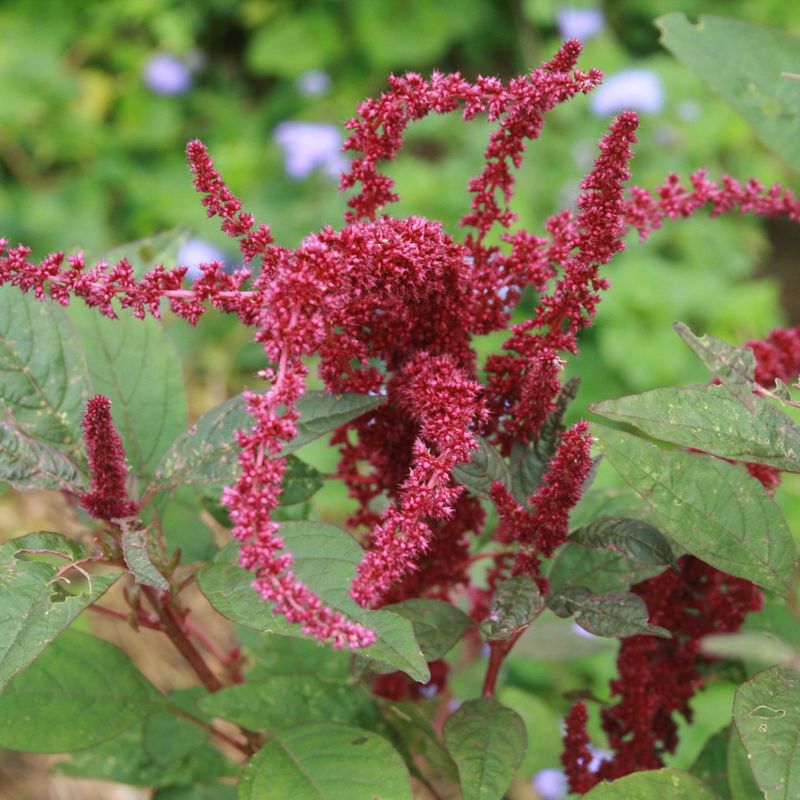
Remember those bright red maraschino cherries from childhood sundaes? They were likely colored with Red Dye No. 2, a synthetic coal-tar dye linked to cancer and birth defects!
This vibrant colorant made everything from candies to breakfast cereals pop with unnaturally intense crimson hues. The Soviets banned it in 1970 after research showed it caused malignant tumors. America followed suit in 1976 when additional studies confirmed its carcinogenic properties.
13. Orpiment (Arsenic Sulfide)
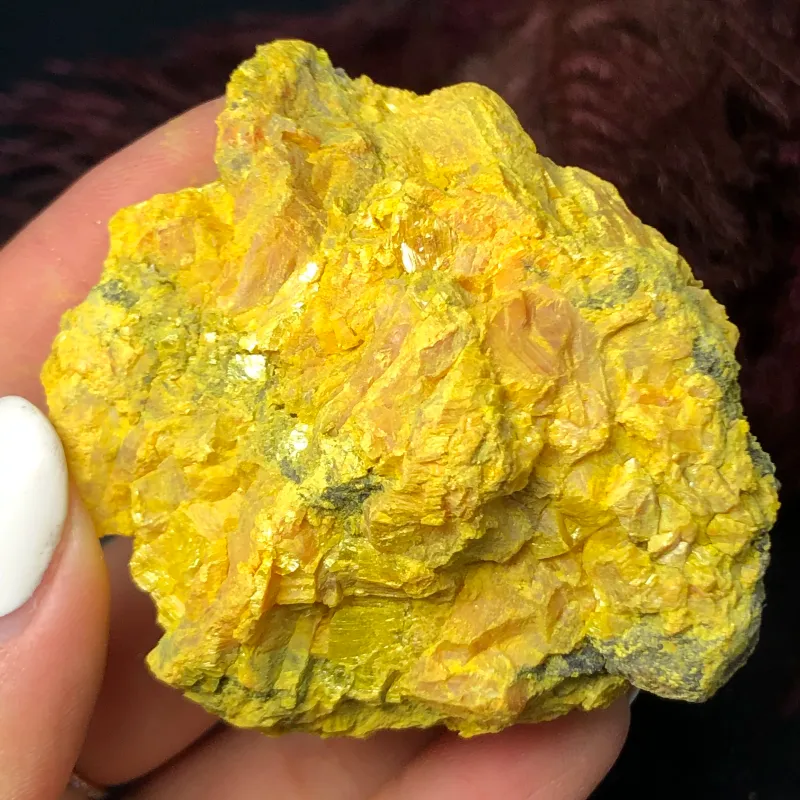
Imagine sprinkling glittering golden poison all over your feast! Orpiment—a naturally occurring arsenic sulfide mineral—was pulverized into a stunning yellow-gold powder used to decorate foods at medieval banquets.
This toxic glitter adorned elaborate sugar sculptures, cakes, and even meat dishes at wealthy tables. Its beautiful golden hue symbolized prosperity while slowly poisoning dinner guests. Alchemists also used orpiment in their quest to create gold, inadvertently poisoning themselves in the process.
14. Whale Meat
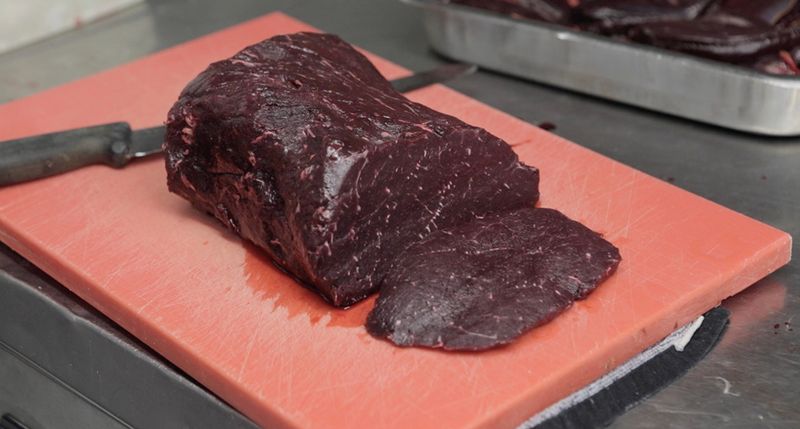
Whale steaks were once standard fare in school cafeterias across Europe, America, and Japan! During post-WWII food shortages, whale meat became an inexpensive protein source marketed as healthy and patriotic.
British children received whale meat in their school lunches well into the 1960s. Japan incorporated it into traditional dishes, while Norway and Iceland developed specialized whale cuisines. The meat contains dangerous levels of mercury, PCBs, and other toxins that accumulate in these long-lived marine mammals.
15. Shark Fins

Status-seeking soup lovers decimated global shark populations! Shark fin soup—a status symbol at Chinese banquets for centuries—has driven multiple shark species to the brink of extinction.
The fins themselves taste like nothing; they merely provide texture while the flavor comes from chicken broth. Yet this bland ingredient commands astronomical prices, creating incentive for “finning”—the brutal practice of slicing fins from live sharks and dumping the mutilated animals back into the ocean to die slowly.

